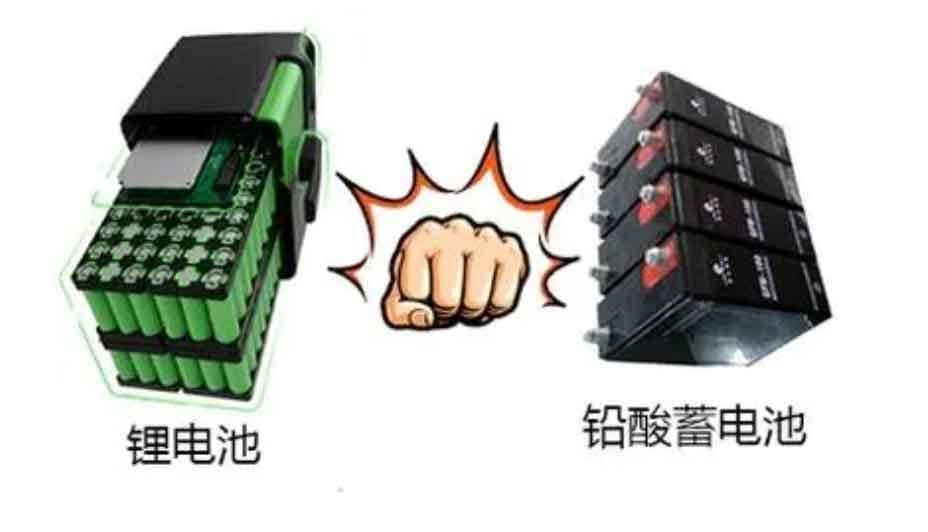
Lithium-ion batteries and lead-acid batteries are two prevalent types of batteries used in various applications, including energy storage. Each type has its unique strengths and applications, tailored to specific needs based on energy density, cost, longevity, and environmental impact.
Lithium-ion Batteries
Applications:
- Renewable Energy Storage: Lithium-ion batteries are commonly used in solar and wind energy systems because of their high energy density and efficiency. They can store more energy in a smaller space, making them ideal for both residential and grid-scale applications.
- Electric Vehicles (EVs): The high energy density and lighter weight of lithium-ion batteries are perfect for electric vehicles. They provide a longer range per charge compared to other battery types.
- Portable Electronics: Almost all modern portable electronics like smartphones, laptops, and tablets use lithium-ion batteries due to their rechargeability and longevity.
Advantages:
- Higher Energy Density: They store more energy per unit of weight, which is crucial for mobile applications and compact energy storage systems.
- Longer Lifespan: Lithium-ion batteries can handle more charge/discharge cycles before their capacity falls below 80% of the original.
- Efficiency: They have a higher charge/discharge efficiency, which means less energy is lost in the process of charging and using the battery.
Disadvantages:
- Cost: Generally, they are more expensive to produce, primarily due to the high cost of lithium metal.
- Safety Concerns: Lithium-ion batteries pose risks of thermal runaway and fire if damaged or improperly managed.
Lead-Acid Batteries
Applications:
- Emergency Power Systems (UPS): Lead-acid batteries are extensively used in uninterruptible power supplies (UPS) for hospitals, data centers, and telecommunications, offering reliability and cost-effectiveness.
- Automotive Starters: The majority of conventional internal combustion vehicles use lead-acid batteries for starting and operating basic vehicle functions.
- Off-grid Energy Storage: Particularly in less critical or cost-sensitive installations, lead-acid batteries are favored due to their lower initial investment.
Advantages:
- Cost-Effectiveness: Lead-acid batteries are much cheaper to produce compared to lithium-ion batteries.
- Recyclability: They are highly recyclable, with a well-established recycling system.
- Robustness: Lead-acid batteries are tolerant to overcharging and have a reliable track record in stationary applications.
Disadvantages:
- Lower Energy Density: Lead-acid batteries have a significantly lower energy density, requiring more space for the same amount of energy storage as lithium-ion.
- Shorter Lifespan: They generally have fewer charge/discharge cycles before their capacity degrades.
- Maintenance: Lead-acid batteries require regular maintenance, such as water top-up and terminal cleaning to prevent sulfation.
Conclusion
Choosing between lithium-ion and lead-acid batteries largely depends on the specific requirements of the application. For high-performance, space-efficient, and long-term applications, lithium-ion batteries are preferred, despite their higher upfront cost and safety considerations. In contrast, for more budget-conscious, less critical applications or where weight and space are less of an issue, lead-acid batteries offer a reliable and time-tested solution. Both types play crucial roles in the expansion and integration of renewable energy technologies.
